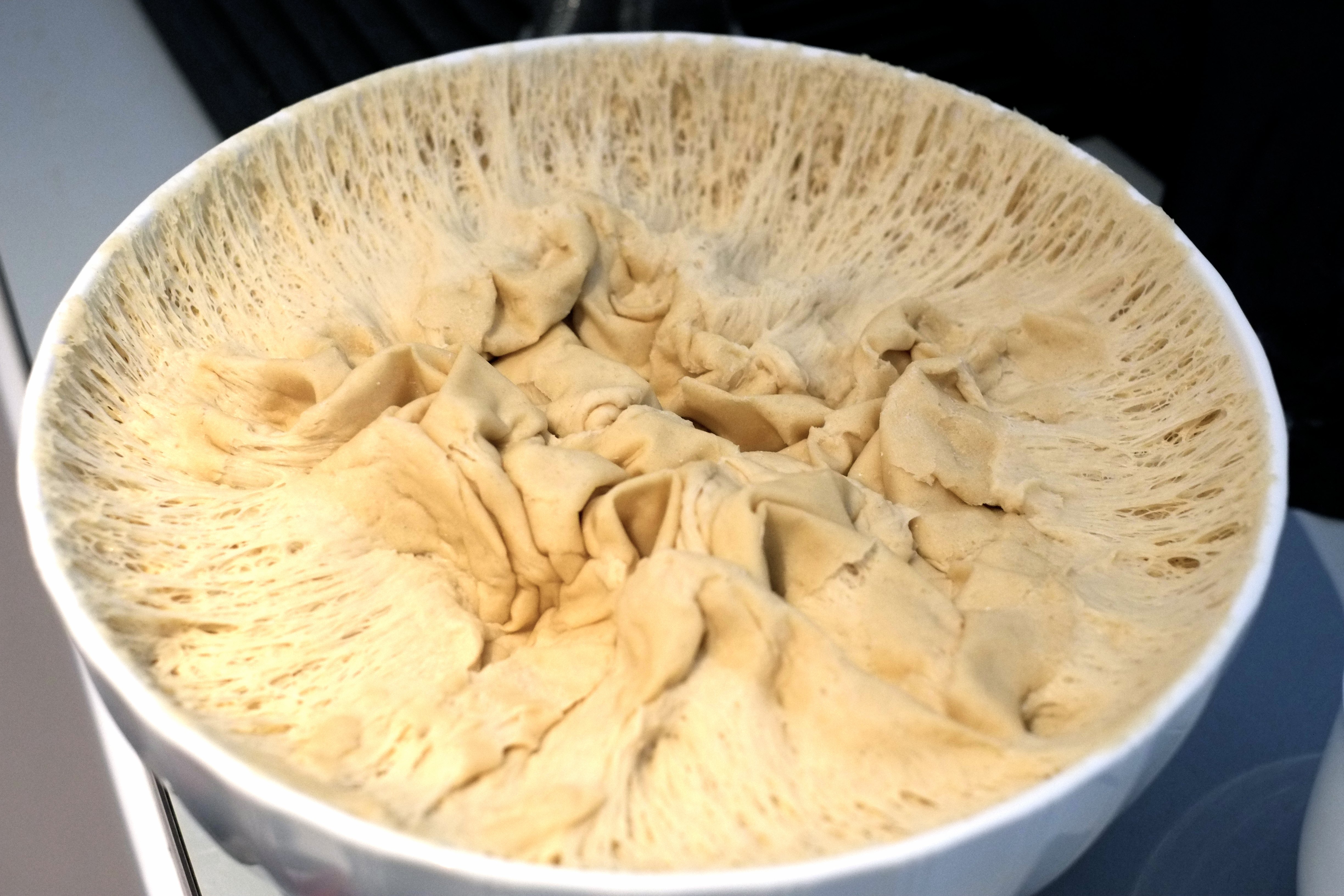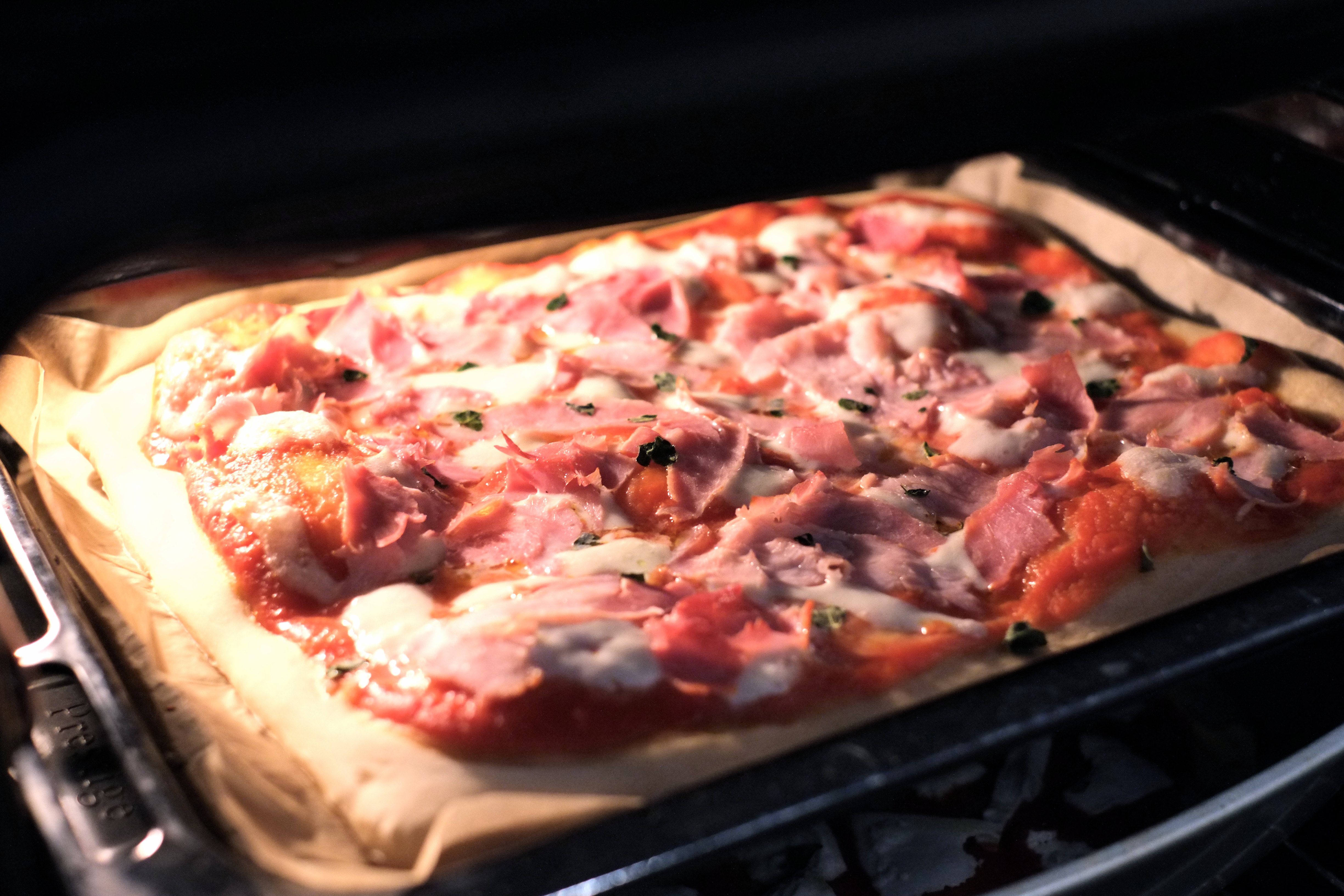Recipe
An Italian Job: Making Real Homemade Pizza
Words & Photography by Serena Mariani
Sorry to break it to you, but most of what you know about food in Italy is wrong.
Whatever Nigella, Carluccio and Zizzi’s have been showing you on TV in the past twenty years is all (ok, mostly) fake and staged. A TV-show style “Italian feast” will involve a garden perched on a hill, beautiful lighting and voluptuous women in low-cut dresses feeding each other spaghetti with three red Vespas parked nearby… I am Italian born and bread and take it from me, reality is a lot less glamorous. Most of our family and friends’ summer meals are more on the shabby side of the “shabby chic” definition – plastic tables, paper tablecloths, often plastic plates and glasses, liters of mosquito repellent and a dress code which is best described as “the clothes you don’t mind staining”.
We Italians are not always happy, brash, chatty and passionate and we do not all worship our Mammas and flirt over wine. Sometimes we gather for meals after funerals, sometimes somebody is ill and can’t cook, sometimes there is bad news; young people are bored whilst the grown ups repeat neighbourhood gossip and the elderly crack the same jokes as five years ago. Still, we stick together and look for comfort in food and company.
Starchy, crunchy homemade pizza is one of the easiest things to make for large parties (not “cicchetti” suited for the appetite of a Milan model). Homemade pizza will be different from the one you find in pizzerias (thicker, crunchier, breadier) and it’s how it’s supposed to be – it is a different, not a lesser breed.
This is the recipe for pizza we use in my family – well, almost. My Mum and my Auntie, who live just one house floor apart, have slightly different twists and tricks so feel free to try and then improve away following your instinct. And remember to make it beautiful – it is the only stereotype about Italian I can allow you to believe in.
A note on toppings:
This is pretty much up to you, as each one has its favourites. Trick: if you are using fresh mozzarella or fiordilatte (and you should) cut it up and let it drain in a colander for a while so it loses the excess water and doesn’t soak the pizza base.
A few ideas:
– Margherita: a classic- tomato sauce, mozzarella, basil
– Napoli: tomato sauce, mozzarella, preserved anchovies, oregano (dried oregano works better)
– Boscaiola: no tomato sauce, just mozzarella, sausage and mushrooms
– Peperoni: no tomato sauce, top with roast peppers; it s especially good with pecorino sliced on top after cooking
– Tartufata: just use truffle spread on the base, top with a little mozzarella and try not to eat it before it’s cooked as the smell is divine
Forbidden toppings:
– Pineapple
– Fries (sliced or mashed potatoes with rosemary are allowed)
– Chicken
– BBQ style meat
– Pesto
I am just making fun of the foreign take on pizza here. Of course, to each his/her own, just top your pizza with whatever you fancy. Remember, less is often more.
Ingredients
1 kg 00 all-purpose flour, plus some for dusting
1 heaped teaspoon fine sea salt
2 tablespoon extra virgin olive oil
10 g of fresh yeast*
a pinch of sugar
lukewarm water, as needed
*you can use more or less yeast according to how much time you have to prove your dough – 10g is about the right amount for a 8-hour proving. If you have enough time and want your pizza even easier to digest, use half this amount and let it prove 20-24 hours
Method
1. On a wooden board (or very large bowl) mix the flour with the salt. Create a volcano crater shape (we call it “fontana”, fountain).
2. Crumble the yeast in the center; add the sugar, about 250ml of water and the oil. Dissolve the yeast in the liquid with your fingertips, and then start incorporating flour from the sides. Add water little by little as you go, until the mix is soft but doesn’t stick to the board/bowl anymore. Dust your hands as you go if necessary.
3. Knead for about 10 minutes until it’s soft and springy. It’s hard to define the exact texture in words – my aunt suggests it has to be comparable to the feel of your earlobe.
4. Put the dough ball in a lightly dusted bowl, crisscross the surface with a knife to help rising (the cross sign was traditionally perceived a blessing of the food), cover with cling foil and let to prove
5. After proving the dough, divide it into parcels and line a few oiled pizza trays. Use your hands to stretch the dough or roll I out with a pin. It should be about 1cm thick. Let to rise for a further 30 min to an hour.
6. Pre-heat the oven to 250 °C
7. Meanwhile, top the pizza with your favourite ingredients, except the mozzarella. Put in the oven for 15’.
8. Top with the mozzarella and put back in the oven for 5/10 more minutes to allow the cheese to melt.






